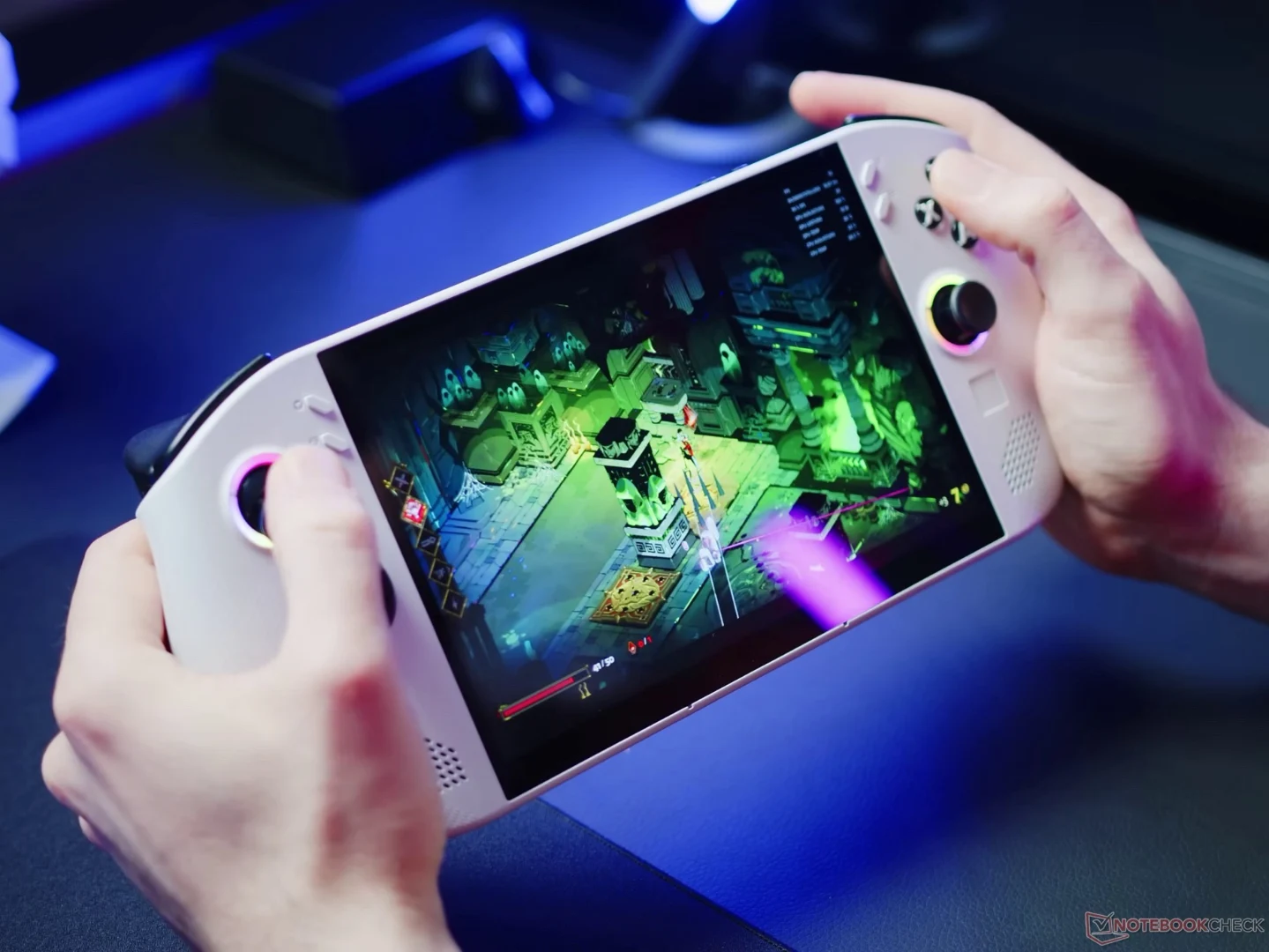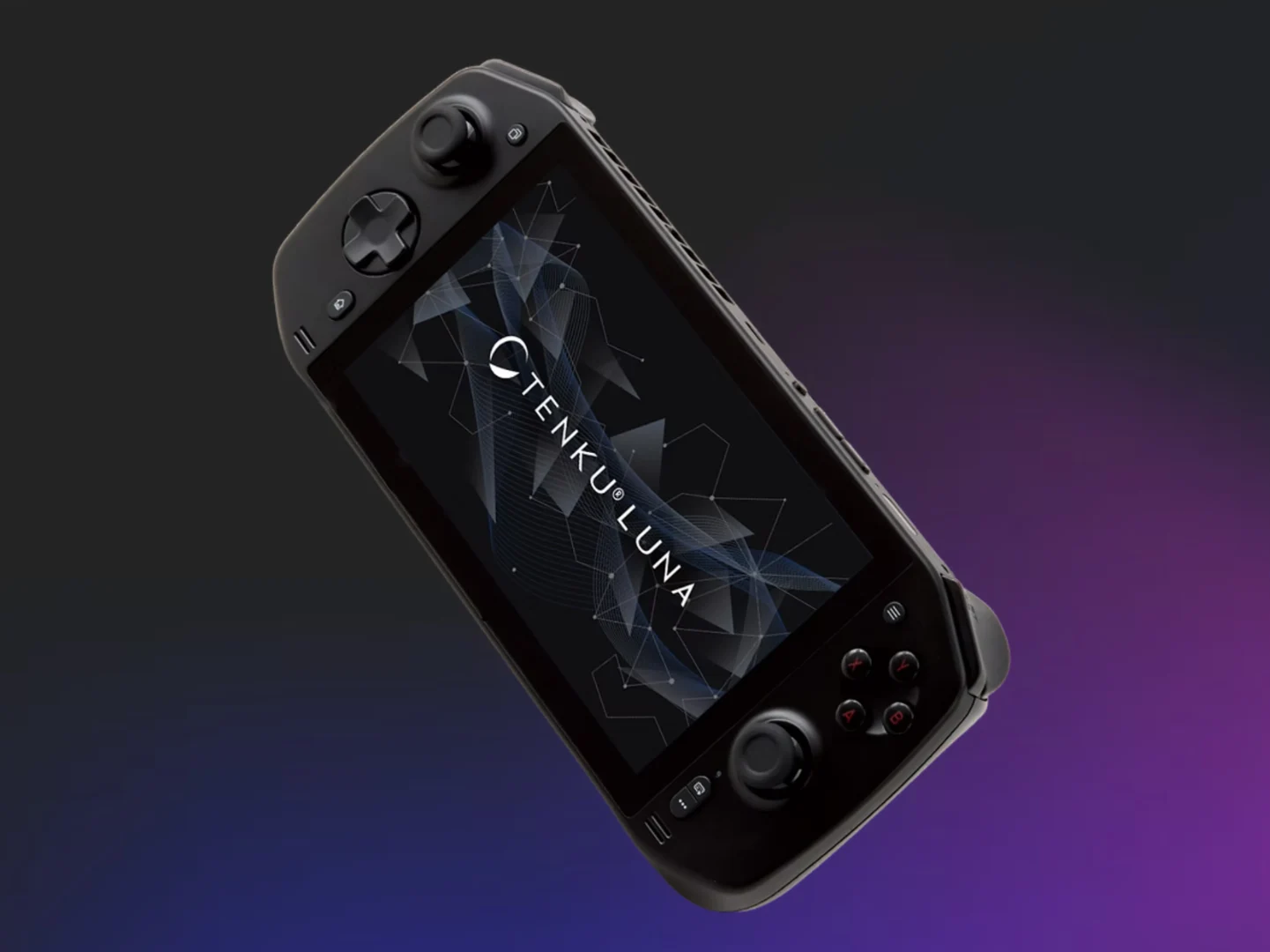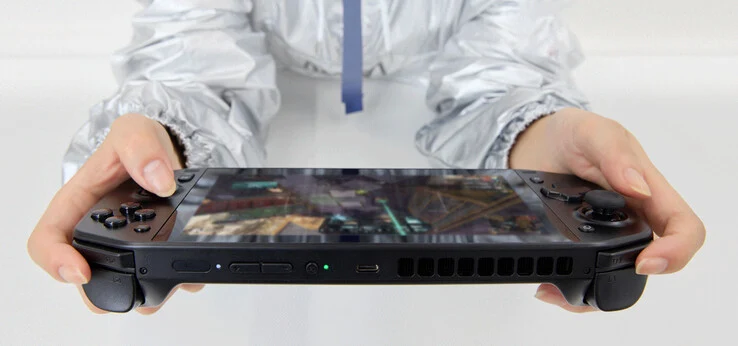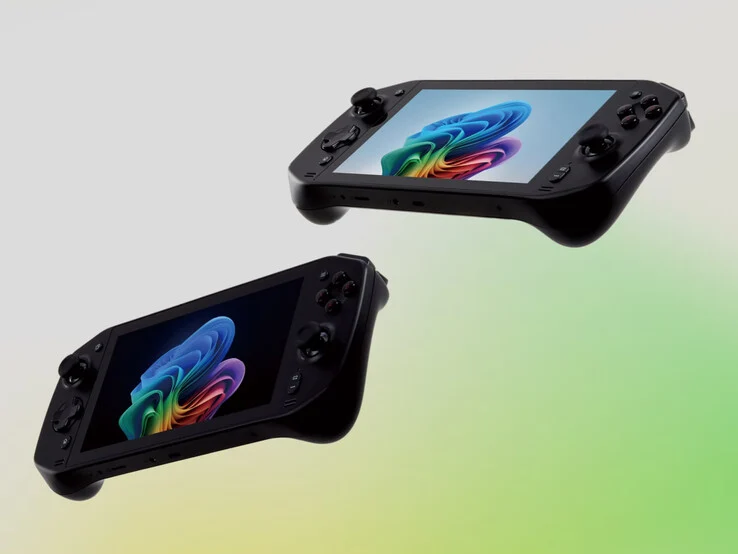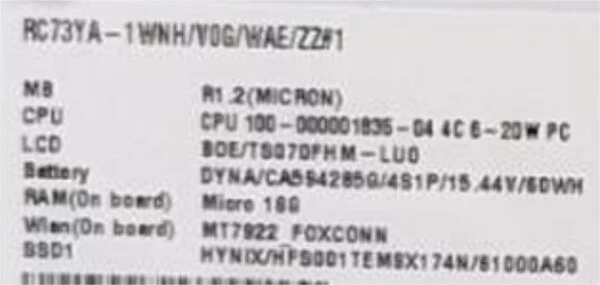Key Takeaways
1. The Xbox full-screen experience enhances Windows 11 for gaming handhelds, notably the Asus ROG Xbox Ally.
2. Significant performance improvements are seen when the full-screen mode is activated, primarily by shutting down background applications.
3. The average frame rate increased from 29 fps in standard mode to 38 fps in the gaming handheld mode during benchmarks.
4. Activating the full-screen experience frees up memory and extends battery life by disabling background processes, but similar results can be achieved manually on current Windows 11 devices.
5. The new mode aims for a more console-like experience and is expected to roll out to other handhelds, like the Lenovo Legion Go series, by spring 2026.
The Xbox full-screen experience aims to enhance Windows 11 for gaming handhelds. This was highlighted with the soon-to-be-released Asus ROG Xbox Ally, and some gamers have already managed to install the new user interface on different devices. Windows Central observed significant performance improvements with this mode on a first-generation ROG Ally. However, these improvements mainly come from the launcher shutting down background applications.
Benchmark Results
Zac Bowden conducted the Shadow of the Tomb Raider benchmark while using the new gaming handheld mode. The average frame rate achieved was 38 fps. When he switched back to the standard Windows desktop setup, the frame rate dropped to 29 fps. Nevertheless, these optimizations aren’t due to any major changes made by Microsoft to its operating system.
Memory and Performance
When the Xbox full-screen experience is activated, it disables background applications and certain tasks. This action releases essential memory on handheld gaming PCs like the Asus ROG Ally and ROG Xbox Ally. However, gamers can still make similar adjustments on current Windows 11 devices. Bowden was able to replicate the same benchmark results in desktop mode by manually turning off background apps.
Battery Life Considerations
The same principles apply to battery life, which Microsoft promotes as another advantage of the new interface. Players will experience extended gaming sessions without needing to recharge, but only if they are willing to stop background processes.
The Xbox app allows games to be launched from various marketplaces, but how it is used could affect ROG Ally performance. If a game depends on Steam or another launcher to start, it may lessen some of the benefits. The altered Asus gaming handheld and the upcoming ROG Xbox Ally are designed with a more focused purpose. Consequently, multitasking with productivity applications will require more resources.
Despite these limitations, Bowden feels that this new mode offers a more console-like feel. Windows Insiders are already testing how navigating the operating system using analog sticks and buttons is becoming less cumbersome. The new interface is expected to officially roll out to other Windows 11 handhelds, including the Lenovo Legion Go series, by spring 2026.
Source:
Link









